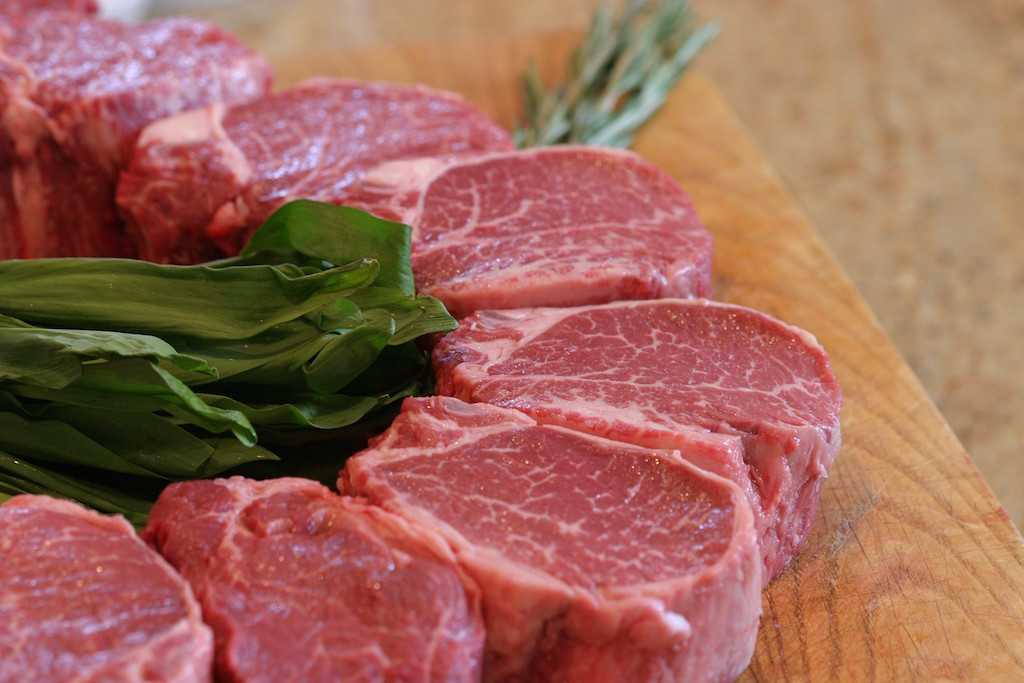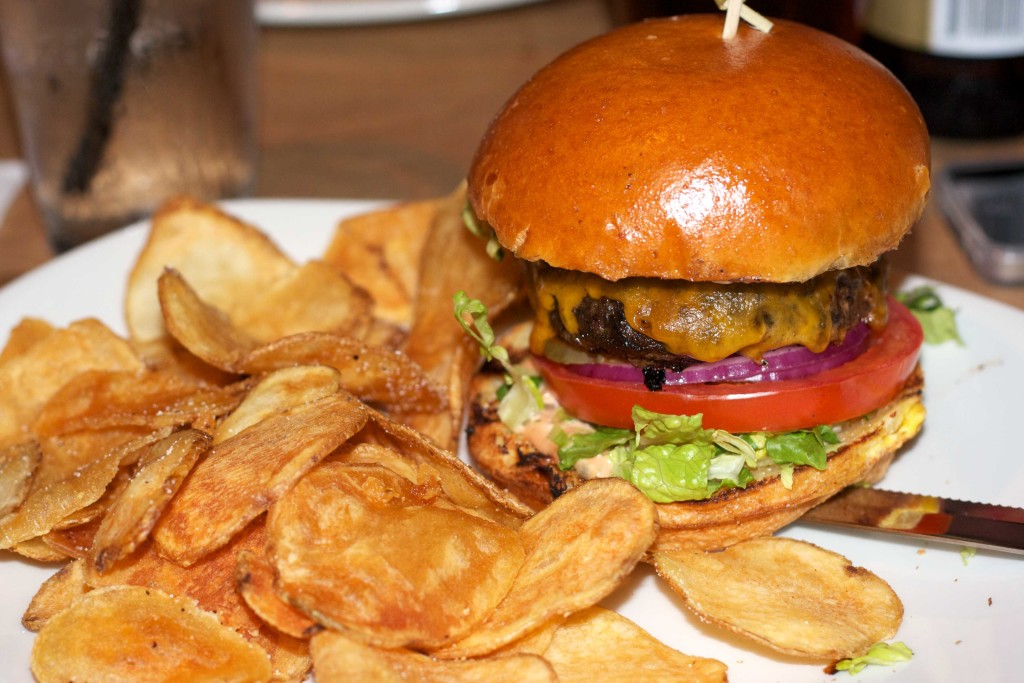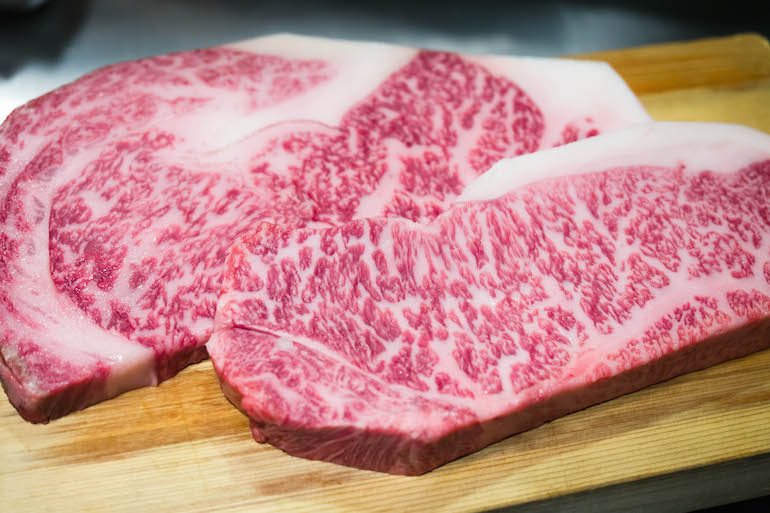Some people have some serious beef with kobe over price, origin, and authenticity, but most people don’t know the truth from the rumors. Read on for the facts:
What is kobe beef?

Photo courtesy of oddstuffmagazine.com
How likely are you to find it in a restaurant?

Photo courtesy of kobeus.com
When was the first time you tried kobe beef? Well, if it was in the United States before August 2012, you probably didn’t actually try kobe beef. From 2010 until August 27th, 2012, the USDA banned the import of kobe beef from Japan to the United States out of fear of spreading foot and mouth disease through livestock.
Once it was cleared to be imported, only 3,000 heads of cattle were certified as pure kobe beef per year, and only a slim fraction of those were actually imported in the United States. So if a restaurant you’ve ate at has claimed to have kobe beef, they’ve probably been a little creative, or your meal was quite pricey since kobe beef can cost up to $170 per pound.
What are some of the myths and legends of Kobe Beef?

Photo courtesy of thestraightbeef.com
Are the cattle actually massaged and fed beer? (I know for sure I wouldn’t mind that sort of treatment.) While this is a known practice, it’s not common, and it’s certainly not an industry requirement. The beer is merely used over the summer months to increase the cows’ appetite and counteract the heat and humidity. The massages are given to decrease the stress and muscle tenseness, which is directly linked to a better meat quality.
Do they get brushed with sake? This is a relatively common practice as well, but it is not required whatsoever. Why would they do this? Some of the farmers believe that brushing the cattle’s hair with sake will result in a softer coat, resulting in a more appealing cow. However, you wont taste the difference when you bite into your juice kobe burger, so most farmers choose not to do this.
How can you tell if you have genuine kobe beef?

Photo by Allan Salvador
Kobe beef is distinctive due to the intense marbling patterns in the beef. Known as sashi in Japanese, these white parts of fat are dispersed throughout the red meat, causing the beef to almost melt in your mouth. In addition, if you think you are getting pure kobe beef sliders for $18 at your local bistro, you should think again. Most times, pure kobe beef will only be found at fine dining or upscale restaurants, and even then it is most likely a mixture of beefs.
If you’re looking to order some kobe beef you can check out Snake River Farms, The Kansas City Steak Company, or Allen Brothers. Just beware, your dinner might end up costing more than a trip to Japan.


